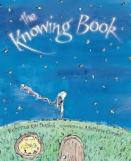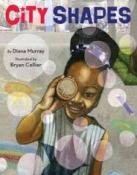It’s late August. Even though I don’t have kids in school anymore or even work in a K-12 school, I still feel the change in the air at this time of year. Teachers are beginning to, not just dream of what this year will look like, but to implement within their classrooms what “it” will look like. The definition of “it” differs from teacher to teacher.
I’m hoping teachers are looking at a utopian view of the classroom as laboratory. A place where students are free to discover learning, sometimes, on their own terms.
I see books and browsing corners to promote curiosity and discovery. Materials and tools that allow for invention and wonder. Spaces that honor the hard work of learning and imagination.
Here’s the more difficult part to implement: I also dream of embedded technology. Educational technology within the classroom that is not “taught” as a separate or unique subject area but is a natural tool that students gravitate to for recording and continuing their learning. What a great idea! Using what is within your classroom and having enough foundation skills to use an appropriate bit of technology to further each student’s learning.
Using embedded educational technology also assumes that students have enough foundation skills to make good decisions about their learning. For example, using a voice app on an iPad to record a podcast about their research or a digital story. Creating iMovie snippets to show a process. Creating a reflection on their learning to include as part of an eportfolio.
Embedding educational technology into a classroom means the collaboration among the whole school community to train and help teachers make good decisions about the technology in their classrooms and to model how to embed technology in their learning.
Administrators may consider some professional development time spent to support teachers or a mentoring model for those with more experience to assist those with less experience.
If you are an education student, consider learning one pivotal educational technology or a few apps that can be used by students to create or document their learning. Take a step up from being a digital native to being a digital facilitator.
Start now to look at what this utopian classroom looks like for before the on slot in September of all kinds of students.








